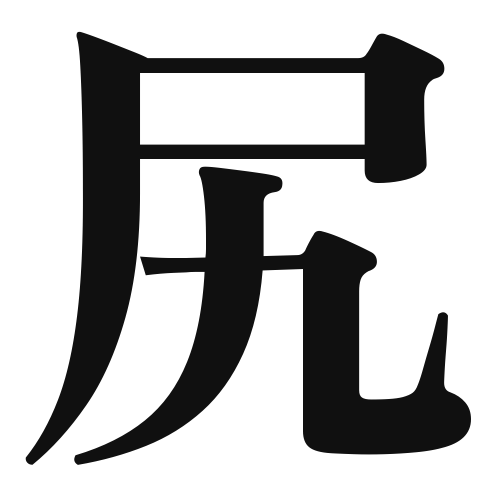1. Overview of Meaning
The kanji “尻” (pronounced “shiri”) primarily means “buttocks” or “rear.” It is often used in both formal and informal contexts to refer to the backside of a person or animal.
2. Formation and Radical
Formation of the Kanji: The kanji “尻” is a pictogram, originally depicting the shape of the human buttocks. It is classified as a phonetic compound as well, where the left part suggests the meaning related to the body.
Radical: The radical for “尻” is “尻” itself, which is used in other kanji related to the body or physical forms.
3. Examples of Usage
Common Words and Phrases: Some common words that include “尻” are “尻尾” (shippo – tail) and “尻軽” (shirigaru – promiscuous).
Example Sentences in Daily Conversation:
- 彼は尻を痛めてしまった。 (Kare wa shiri o itamete shimatta.) – He hurt his buttocks.
- 尻が大きいですね。 (Shiri ga ookii desu ne.) – You have a big butt.
4. Synonyms and Antonyms
Similar Kanji: A similar kanji is “臀” (dun), which also refers to the buttocks but is more formal and less commonly used in everyday language.
Opposite Meaning Kanji: There isn’t a direct antonym for “尻,” but “頭” (atama – head) can be considered an opposite in terms of body parts.
5. Cultural and Historical Background
Relation to Japanese Culture: In Japanese culture, the concept of “尻” is often associated with humor and playfulness. It appears in various forms of media, including anime and manga.
Proverbs and Idioms: One common idiom is “尻に敷く” (shiri ni shiku), which means to dominate or control someone, often used in the context of relationships.
